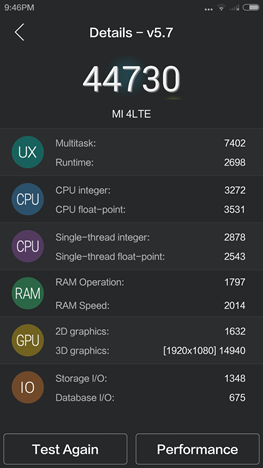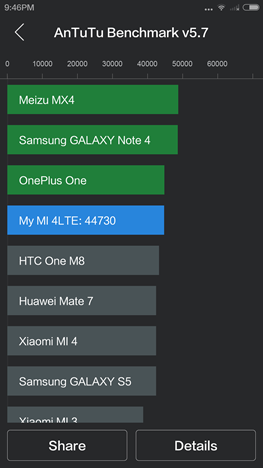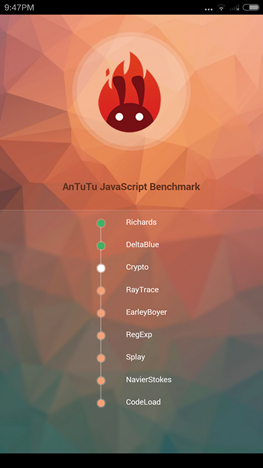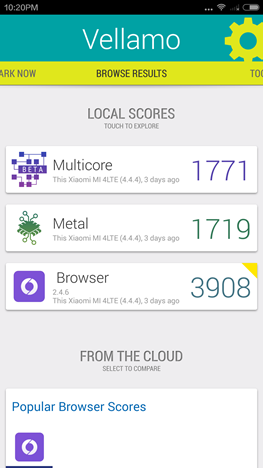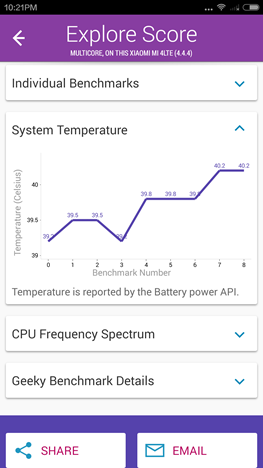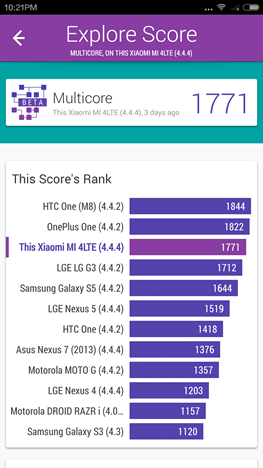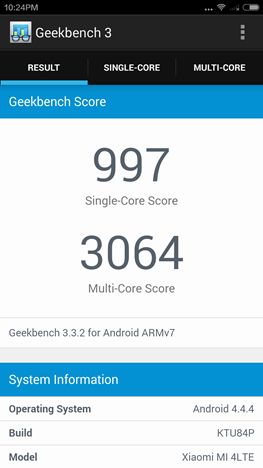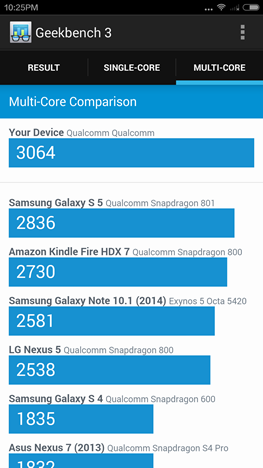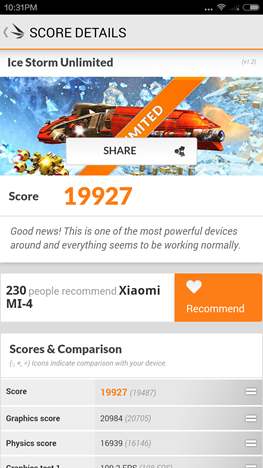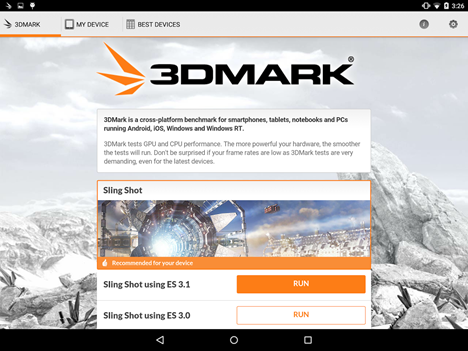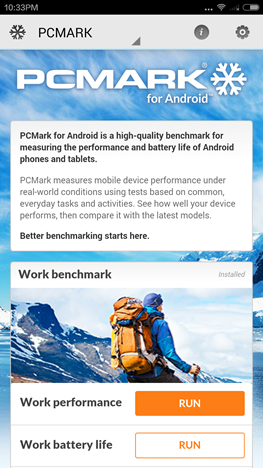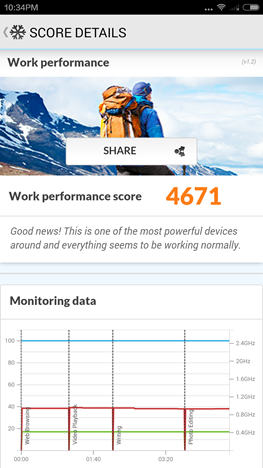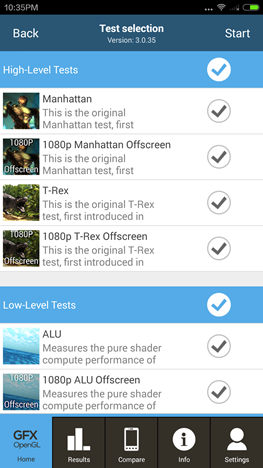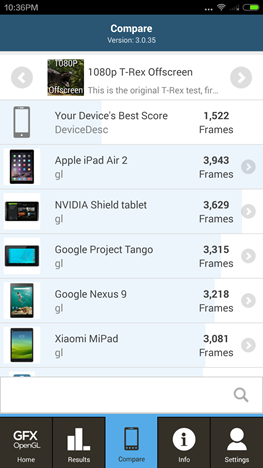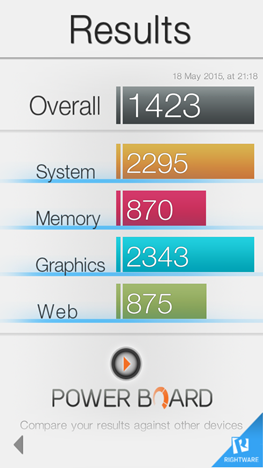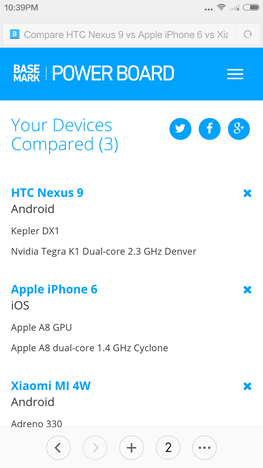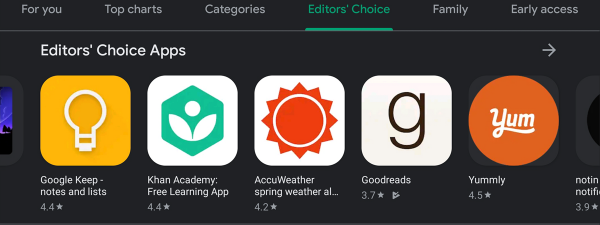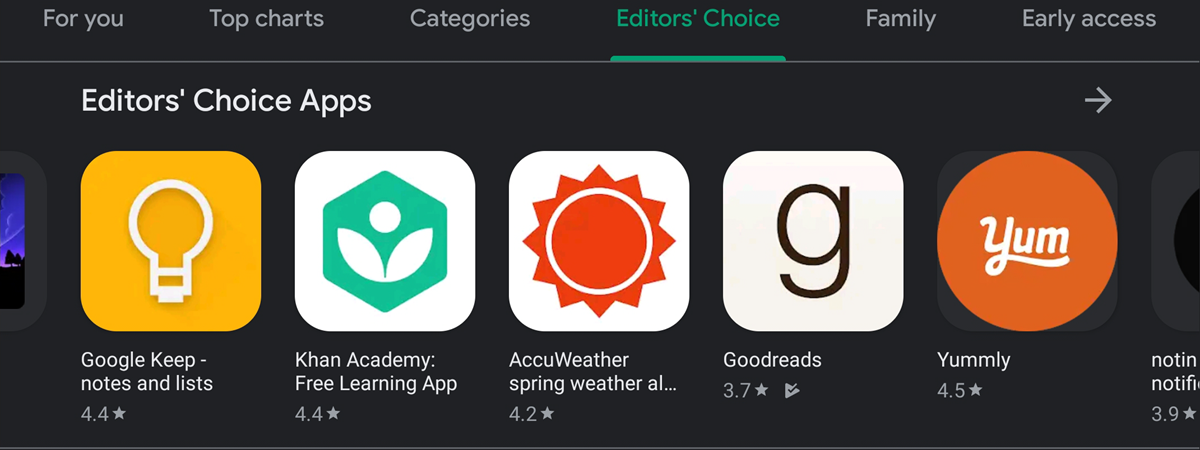
Here, at 7 Tutorials, we always want to test more and more devices each day. Recently, we asked ourselves… why wouldn't we also get into the Android business? So we did, but the first thing we had to do before being able to measure the performance of many Android devices, was to find which are the best and most reliable benchmark apps available for this platform. After some research and lots of testing, we've come up with a list that we think is pretty complete. Read on to find which are the best Android benchmark apps.
AnTuTu Benchmark
AnTuTu is one of the oldest benchmark apps available on Android and has earned itself quite a reputation.
AnTuTu includes relevant tests for:
- User Experience (UX) - will give you a score for the overall performance of your device.
- CPU - measures the performance of your processor, using all its cores.
- CPU Single Thread - measures the performance of your processor when it uses only one single core. This is an important test, as many apps don't actually use multiple cores of the CPU.
- RAM - tests your RAM memory.
- GPU - measures the performance of your device when doing things like graphic processing, rendering video effects and animations, playing games or watching video.
- I/O - gives you scores for the storage and database input/output capabilities of your device.
After running this battery of tests, AnTuTu gives you a final score that you can use to compare your performance with other Android devices. Fortunately, the app offers a really easy and quick way to see how well your device performed, on its Ranking tab.
AnTuTu also offers an HTML5 battery of tests. While we found these test to be interesting and they could be relevant, there's no easy way of seeing if your device performs better than others. All you get is a series of hard numbers for some browser tests. These include scores for Javascript performance, rendering items using CSS3 or playing games created with HTML5.
Vellamo Mobile Benchmark
Vellamo is another full featured benchmark tool. It is developed by Qualcomm, which is a company that also manufactures most of the processors used in smartphones and tablets.
Vellamo's tests are split into three main categories:
- Browser - contains a range of tests designed to evaluate the performance of your device when rendering web pages. This section includes Html5 and CSS3 tests, but also JavaScript tests like the SunSpider JavaScript Benchmark.
- Multicore - measures your device's speed when simultaneously running multiple tasks.
- Metal - measures the performance offered by your device when running a single operation.
For each battery of tests, Vellamo gives you an overall score, but also detailed numbers for each sub-test. Furthermore, during benchmarks, the app also monitors the system temperature and the CPU frequency spectrum. When you look at the scores, you can also check these details.
Vellamo makes it really easy to see how your device fares compared to other similar devices. This information is displayed as a ranking chart, on the app's Explore Score screen.
Geekbench 3
Geekbench 3 is a cross platform benchmark app that is also available for Android devices. This app focuses on processor benchmarking and features a scoring system that separates single core and multicore performance.
Beside giving you the two scores for single and multi core performance, Geekbench 3 also offers very detailed results for each and every test it runs. These results are kind of hard to understand unless you really are a geek and that's probably the reason for this app's name - Geekbench.
Geekbench 3 also offers an easy way of comparing your benchmark scores with other devices. The app offers this information through its two tabs for Single-Core Comparison and Multi-Core Comparison.
3Dmark Ice Storm Benchmark
3DMark Ice Storm is a graphics benchmark created by Futuremark, a company with a very long history and good reputation in the benchmarking world.
The Ice Storm benchmark uses OpenGL ES 2.0 and stresses both the GPU and the CPU found on your device. The graphic tests are rendered at 720p and 1080p resolutions, depending on the preset you use: Ice Storm or Ice Storm Extreme. Also, an Unlimited benchmark is available, in which case the app tests the hardware without using vertical sync, display resolution scaling or other operating system factors that could affect the end results.
At the end of the benchmark, 3DMark Ice Storm gives you an overall score and a set of subscores that you can use to compare your device's performance with others.
3DMark Sling Shot Benchmark
3DMark Sling Shot is another graphics benchmark developed by Futuremark. This one, however, is a more advanced benchmark, that supports OpenGL ES 3.1 and works only on high end devices that run on Android 5.0 or later.
Just like the Ice Storm benchmark, 3DMark Slingshot measures the performance of the GPU and CPU your Android device is running on.
PCMark for Android Benchmark
Futuremark also developed PCMark for Android, which is a benchmark app that lets you test the performance and battery life of any Android device, when doing common, everyday tasks and activities.
For now, PCMark offers only one battery of tests, grouped in a so called Work scenario. Using these tests, you can see how well your Android device performs when doing things like web browsing, playing videos, writing or editing pictures.
Just like all the other Futuremark apps we've seen, PCMark gives you scores that you can use to compare your device with others. Also, the battery test will let you know what is the estimated autonomy of your device in normal usage scenarios.
GFXBench GL Benchmark
The GFXBench GL app is another popular gaming benchmark. It is a cross-platform benchmark that measures the graphic performance of your devices by running a pretty comprehensive suite of game tests.
Among others, the app features OpenGL ES 3.1 tests for high end devices, low level tests like texture rendering and a battery test that aims to measure how a device will fare when GPU intensive task are running.
GFXBench GL Benchmark offers an easy to use interface and in-app device results comparison. Unlike other benchmarks, this app doesn't give you an overall score. Instead, it chooses to offer you a scoring system based on the number of frames, MB/s or Mtexel/s your device managed to achieve.
Basemark OS II
Basemark OS II is a full fledged, cross platform benchmark app. It measures the overall performance of your device, but also gives you separate scores for the System, Memory, Graphics and Web areas.
The Basemark OS II benchmark also offers a way to compare your device's results with others. To do that, you need to connect to the Power Board database, which collects results from devices running Basemark.
Conclusion
In our opinion, these are some of the best benchmark apps available for Android devices right now. We wish we could select one or two benchmarks as the best, but that is almost impossible. To get a complete idea on the performance offered by an Android device, we believe that you have to run more than one benchmark. And some of these apps offer tests for every piece of hardware, while others specialize on things like the CPU or the GPU. What do you think? Are there other apps you with add to our list of Android benchmarks? Don't hesitate to use the comments form below to tell us your opinions.


 21.05.2015
21.05.2015 